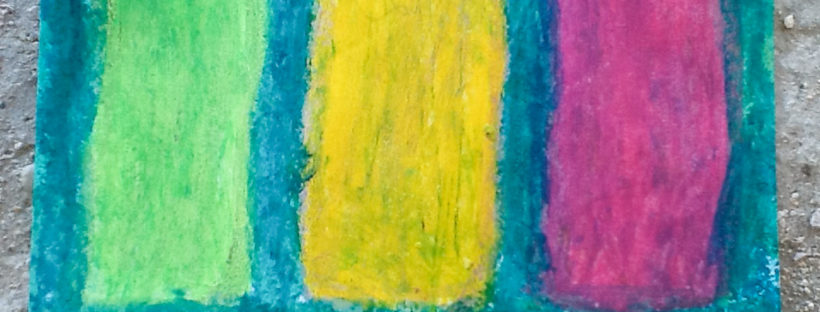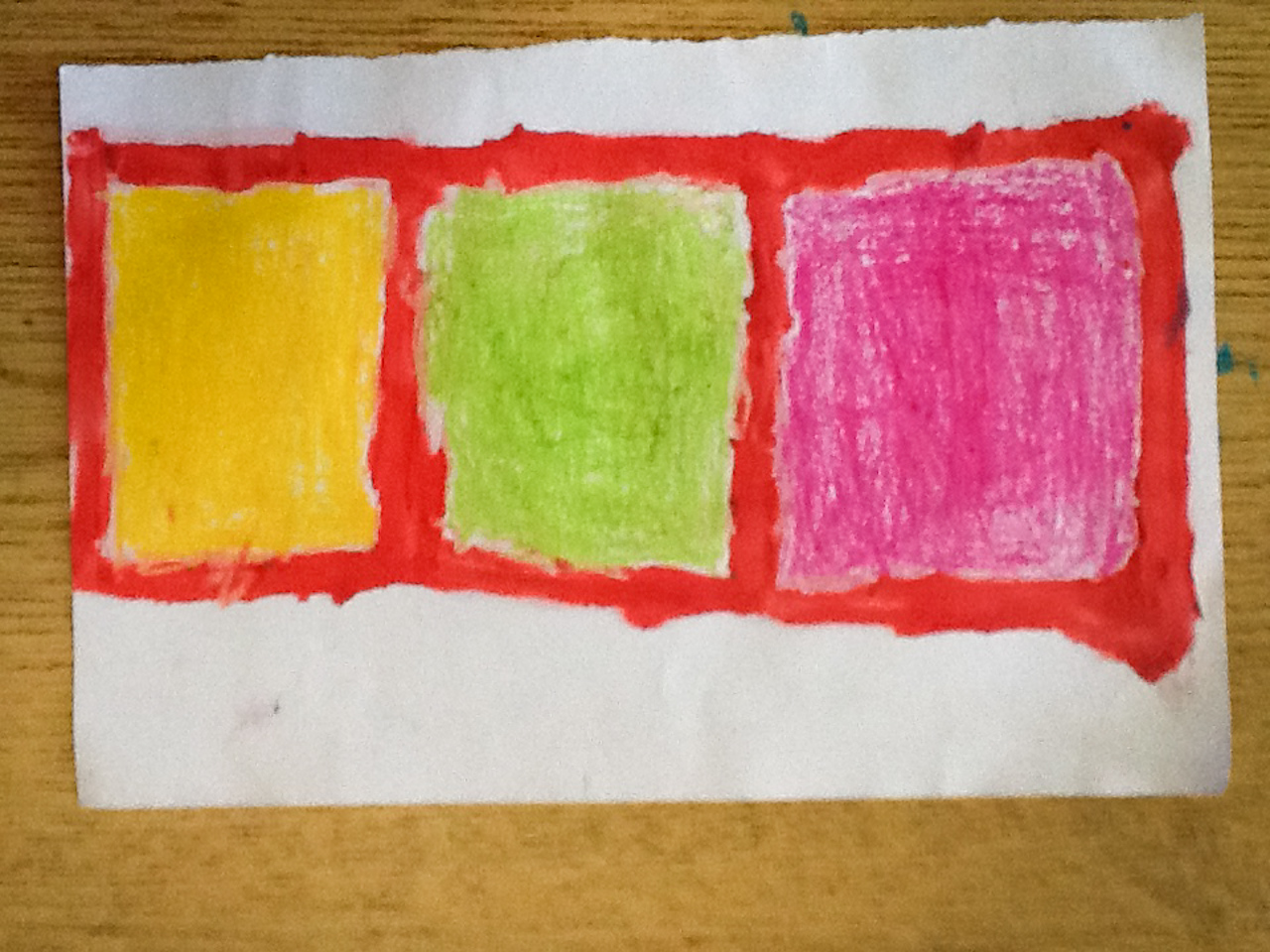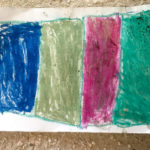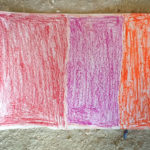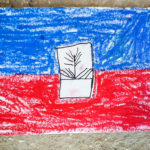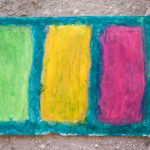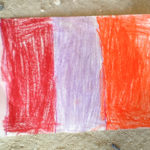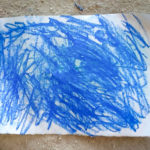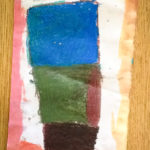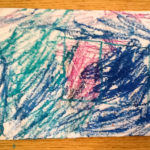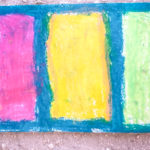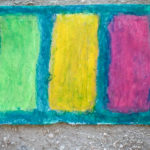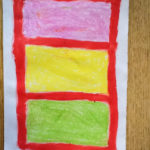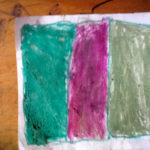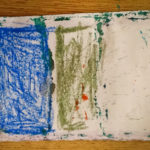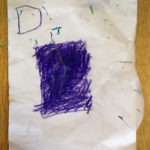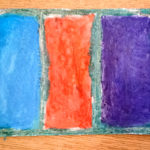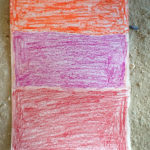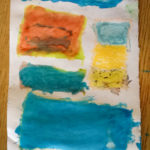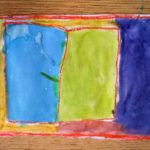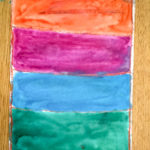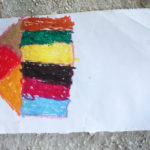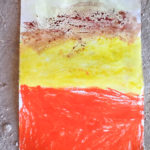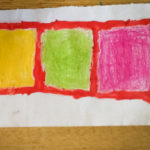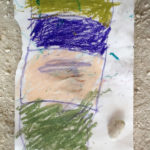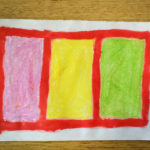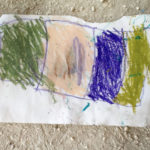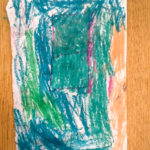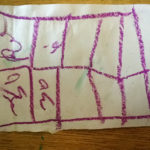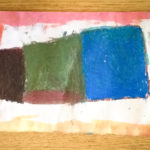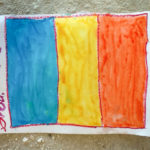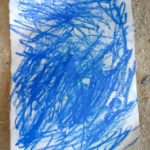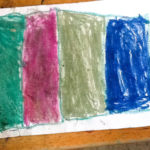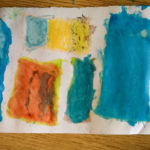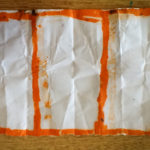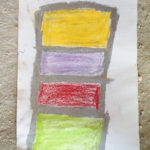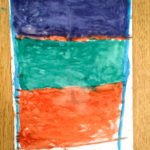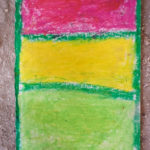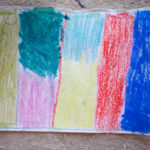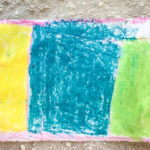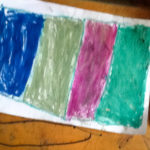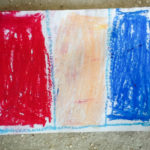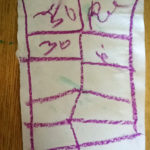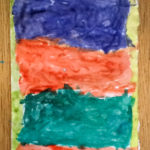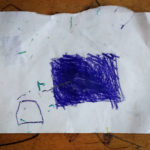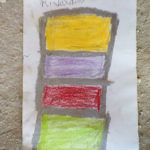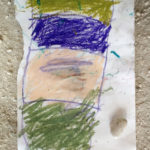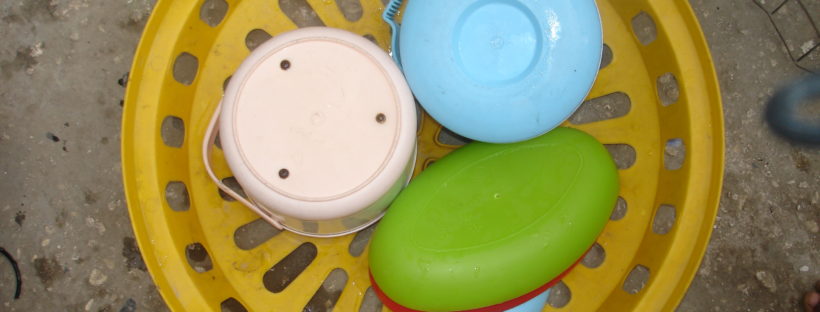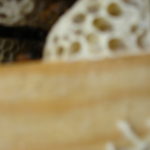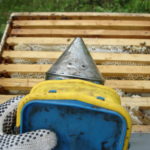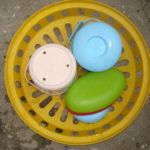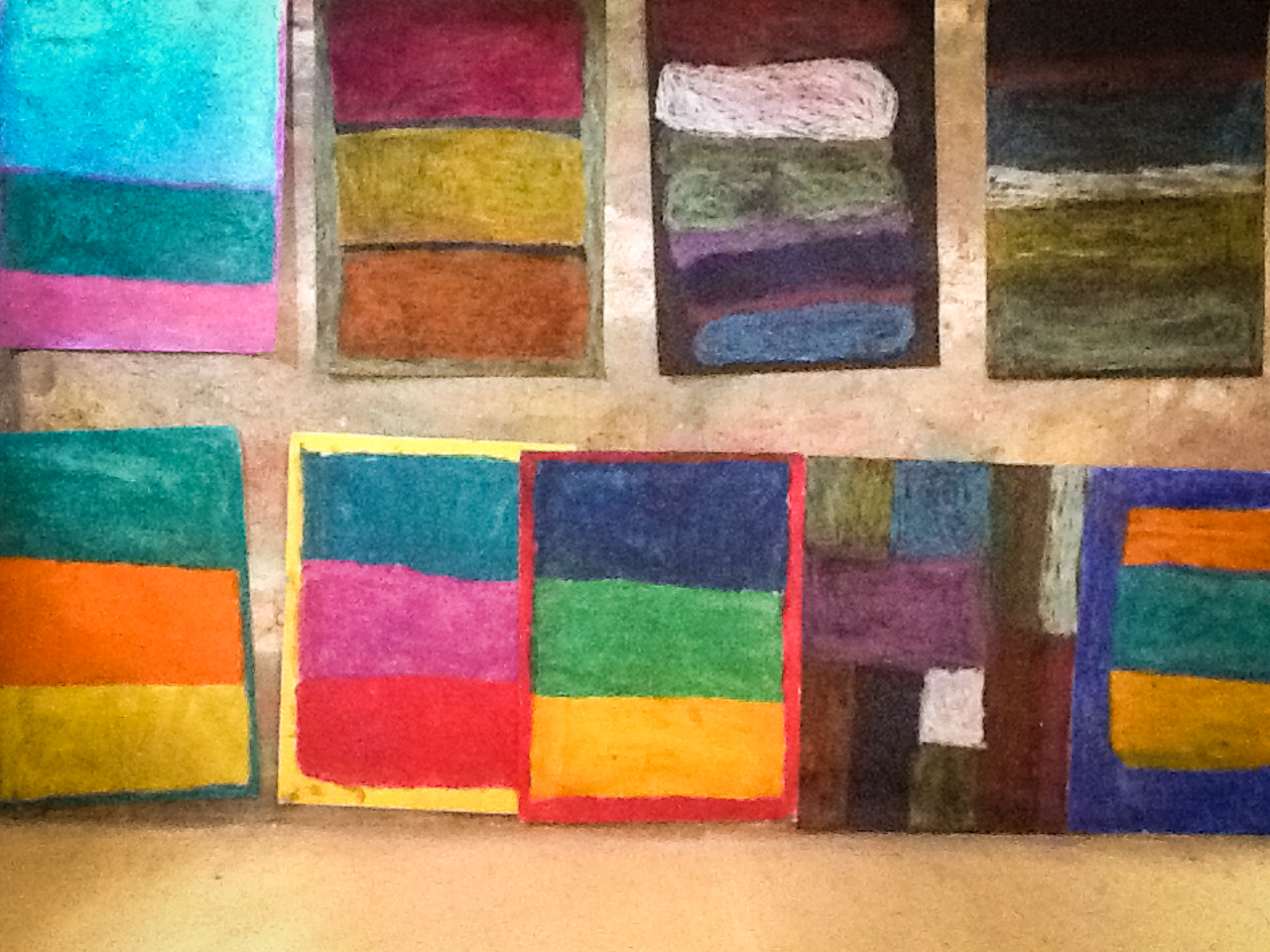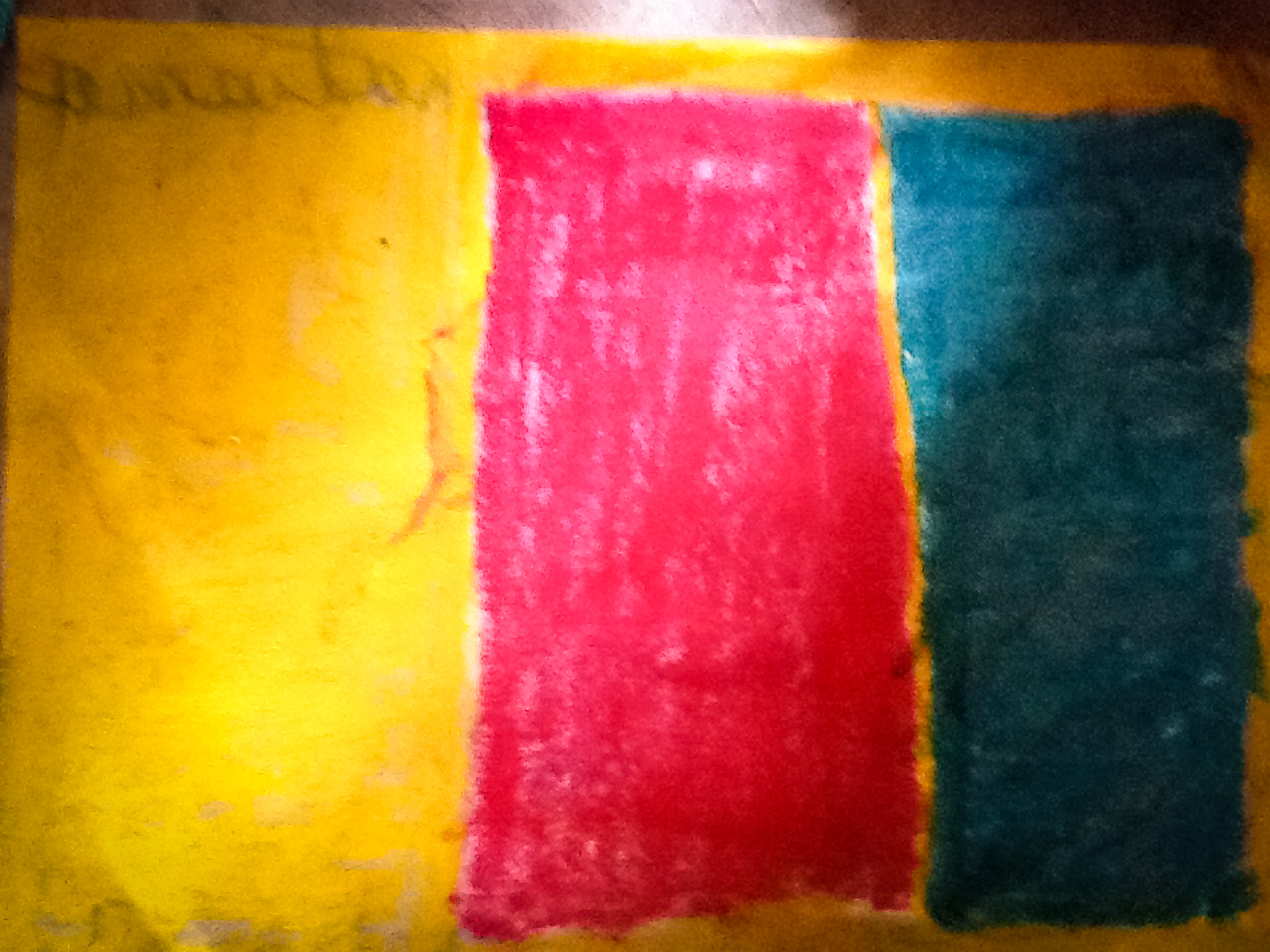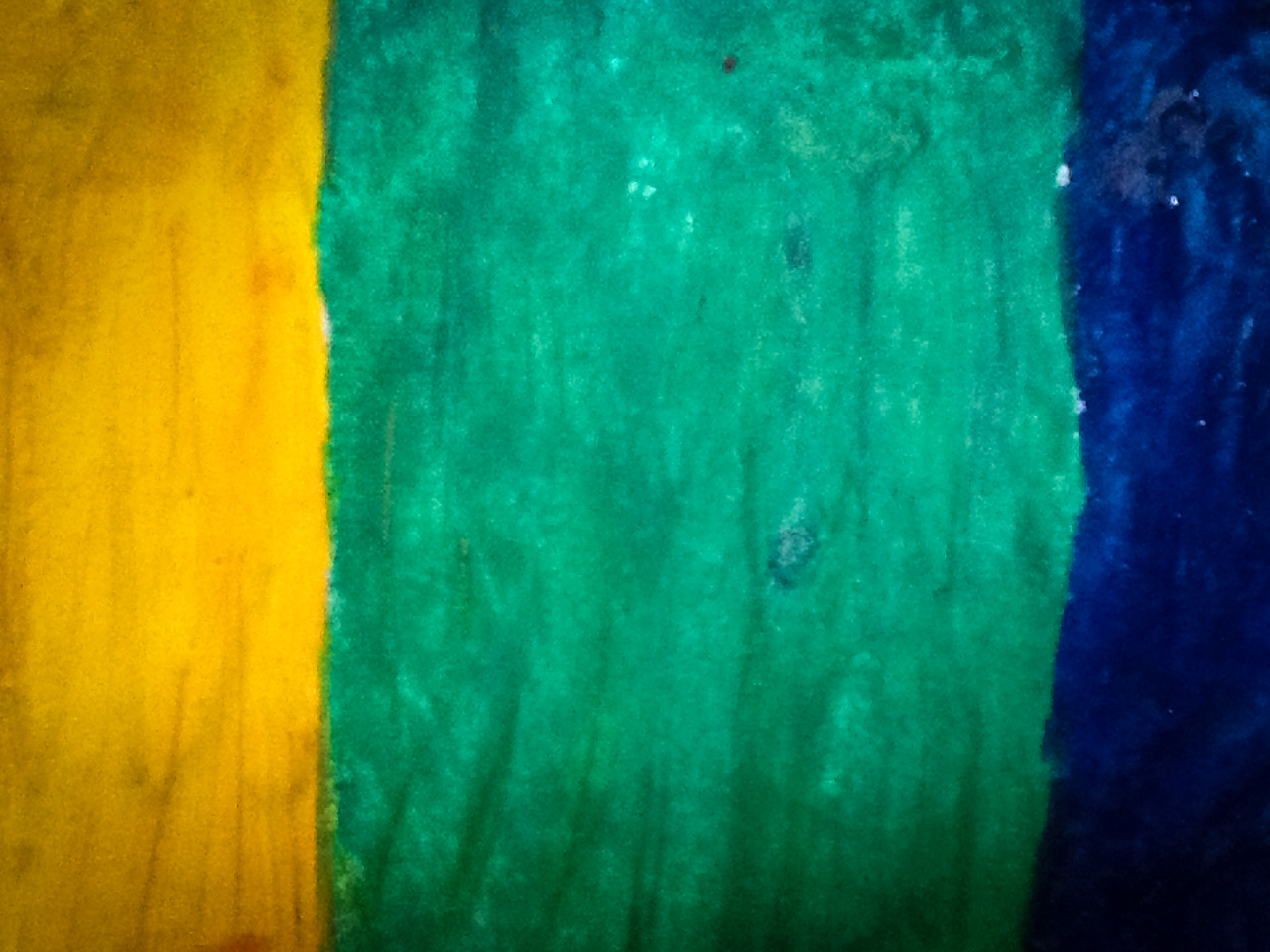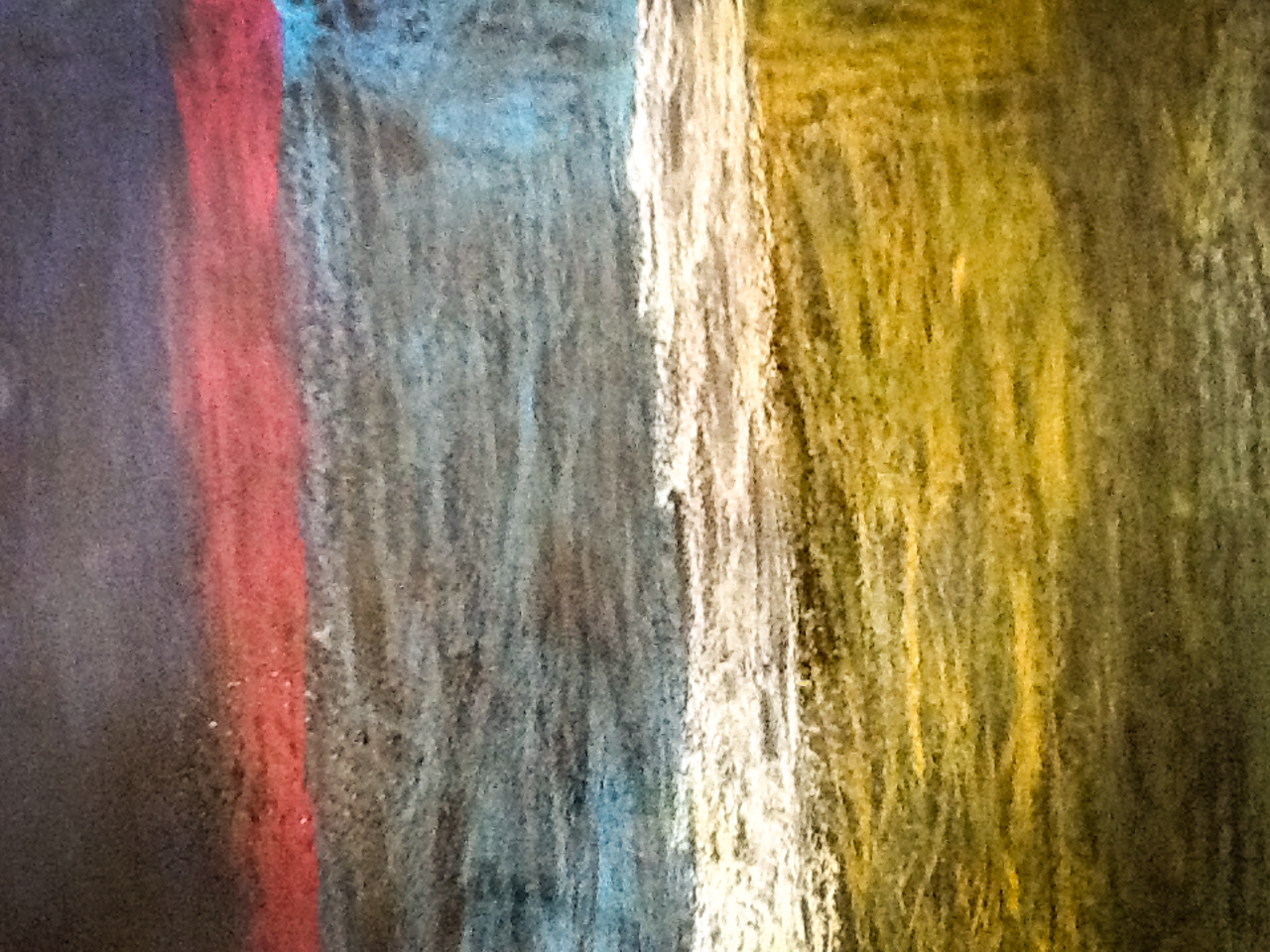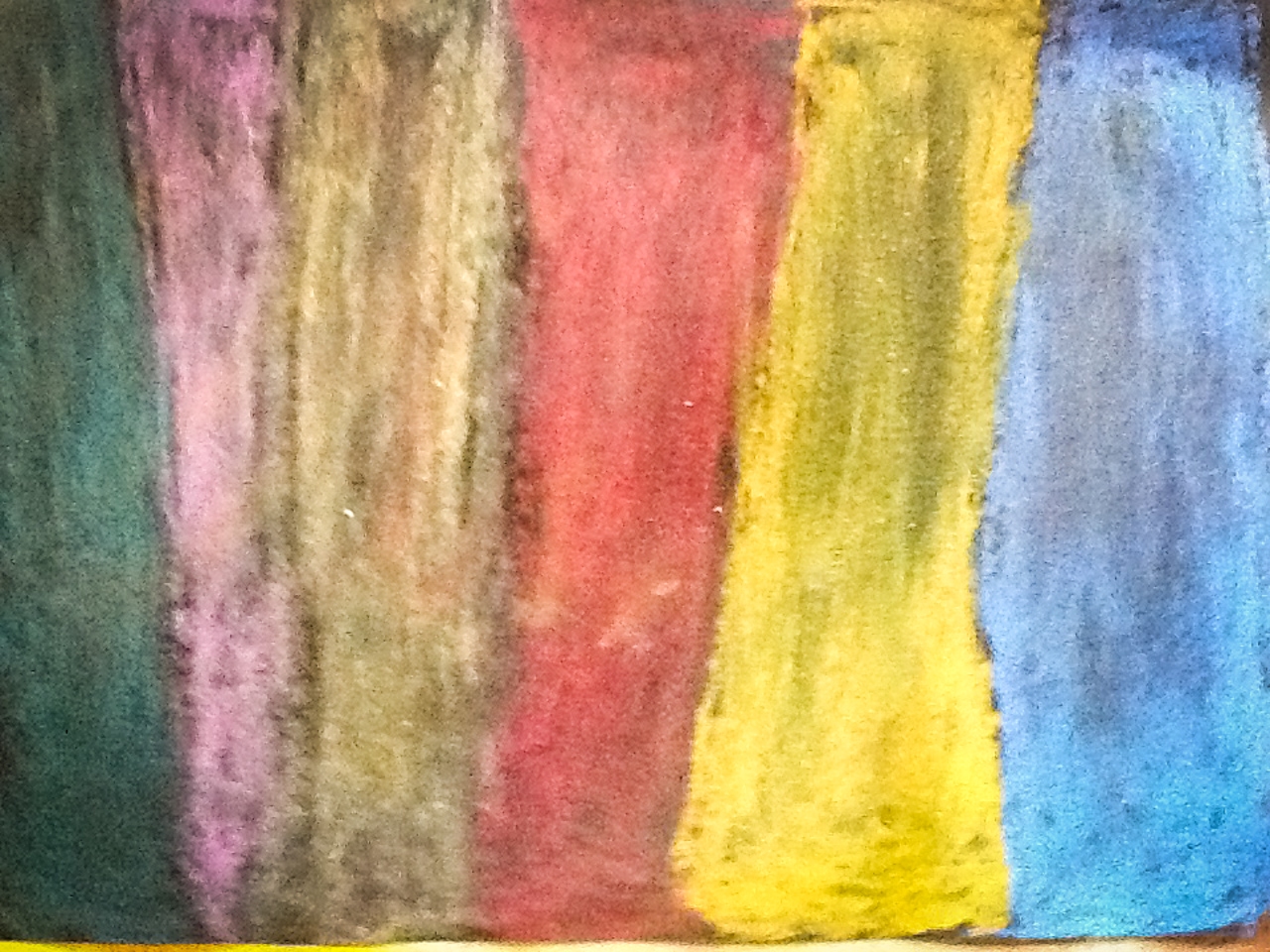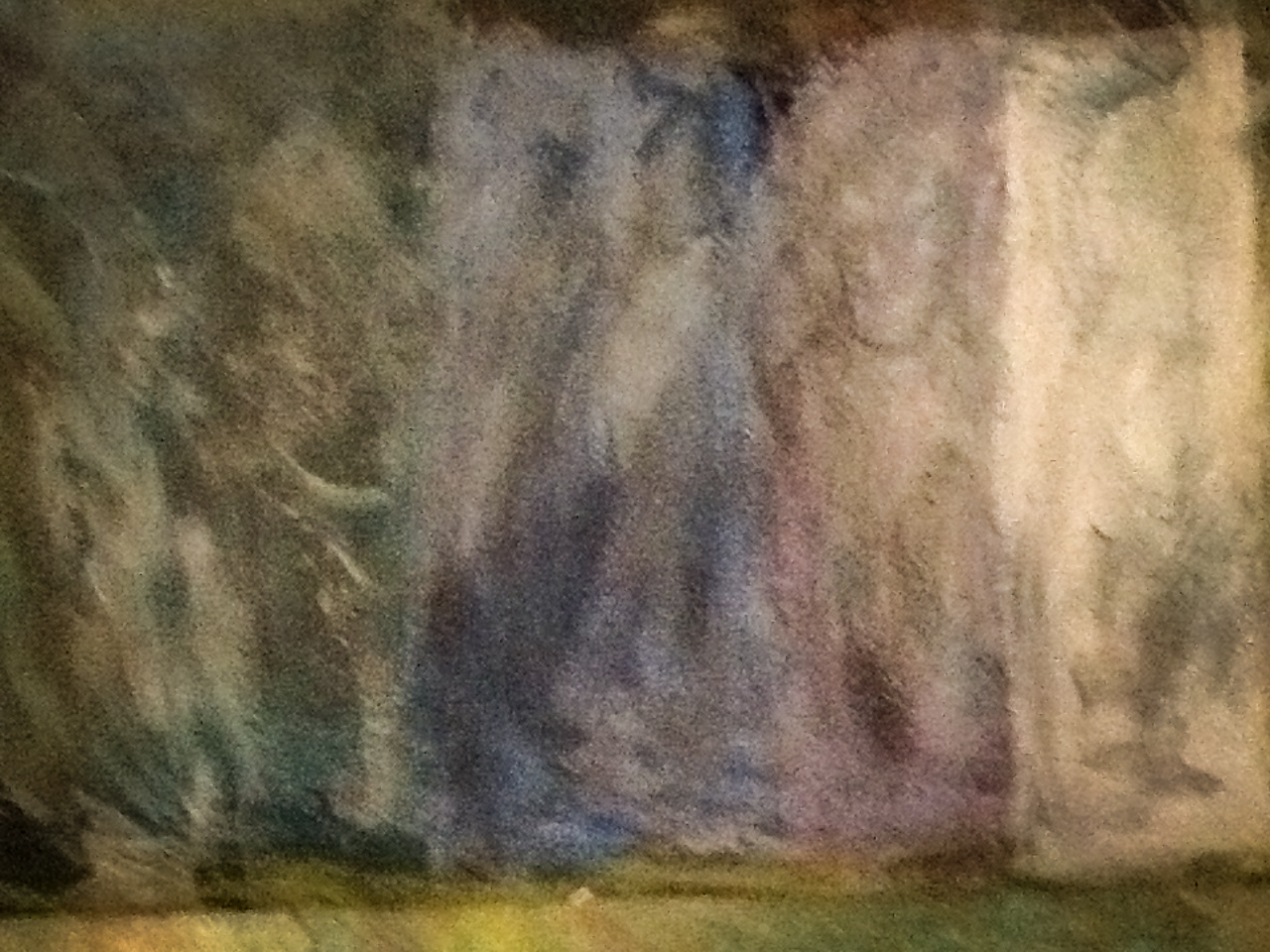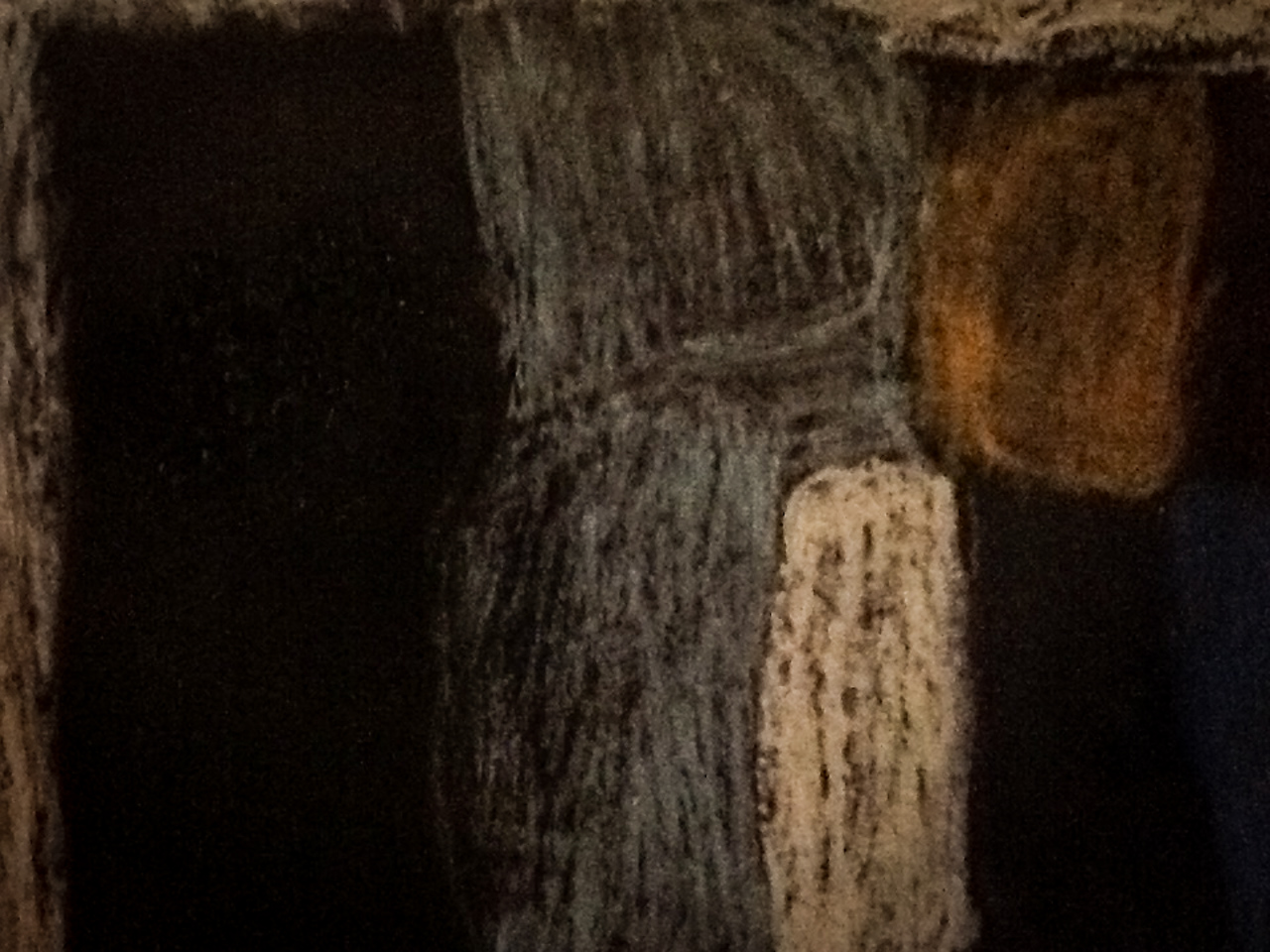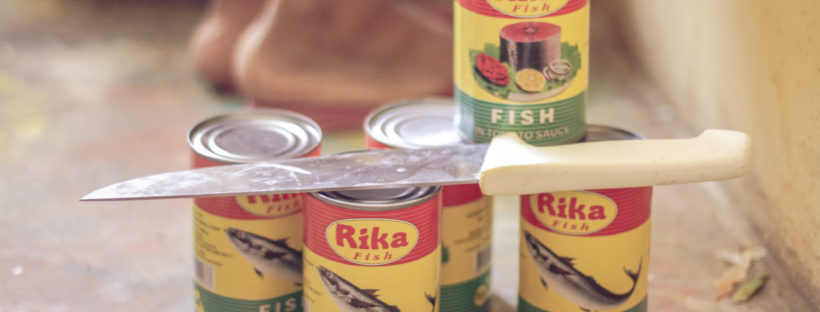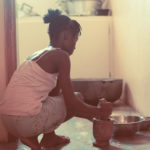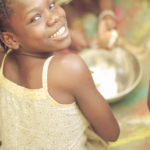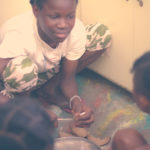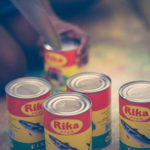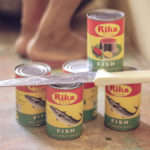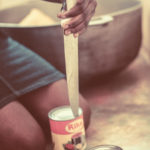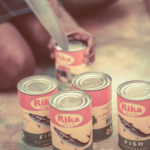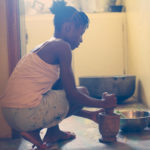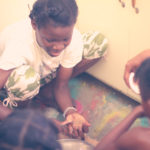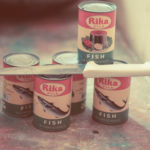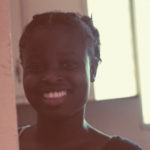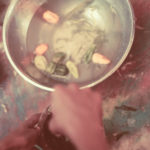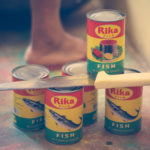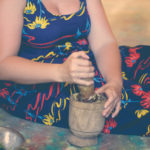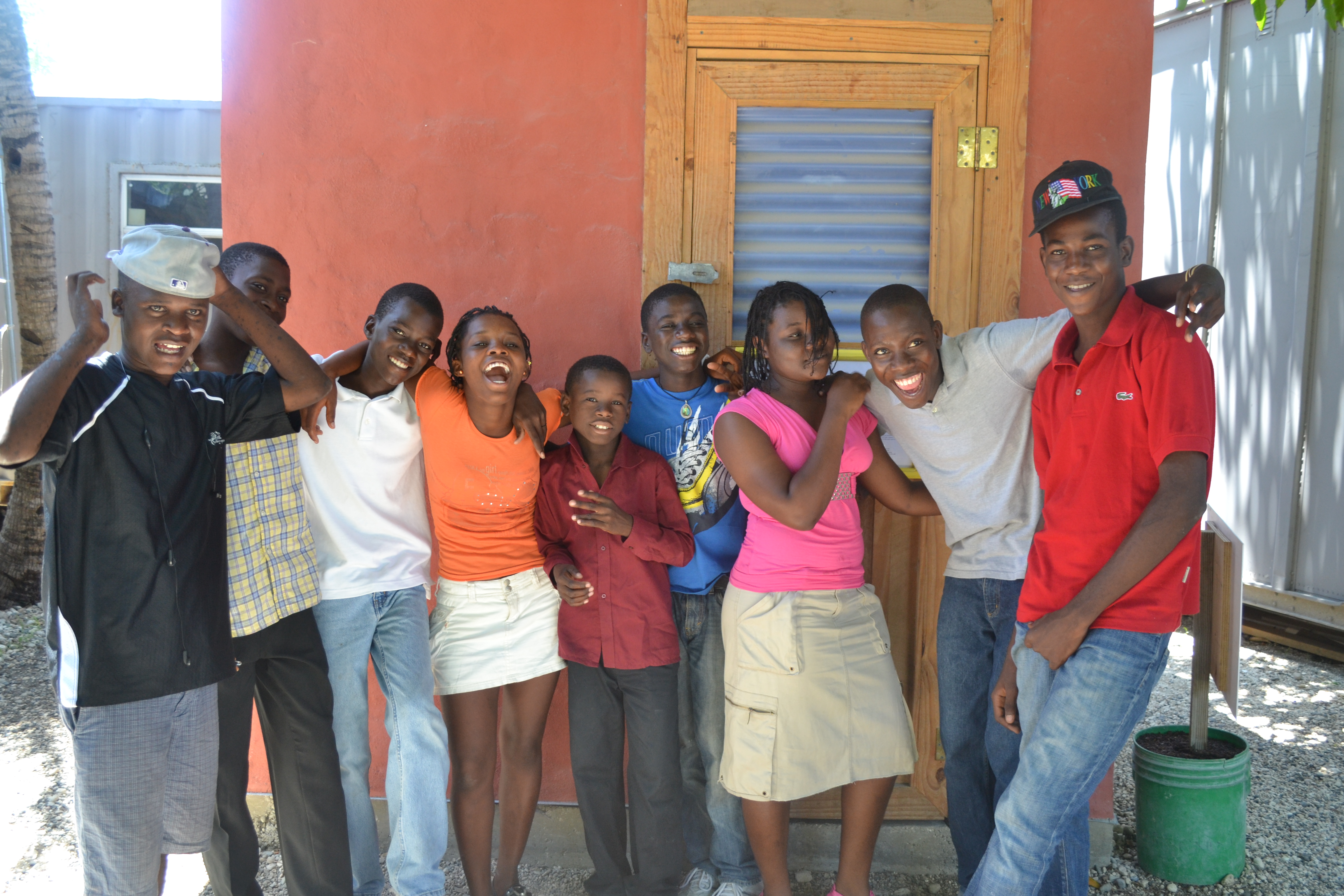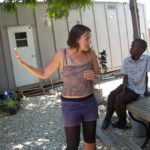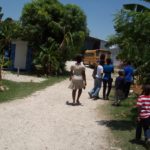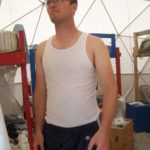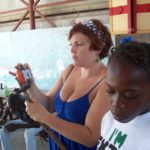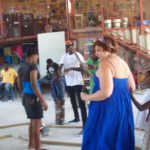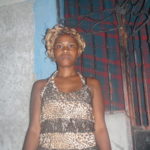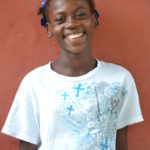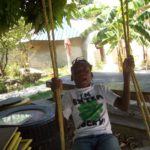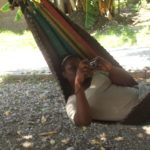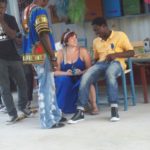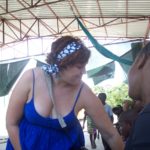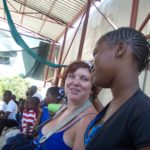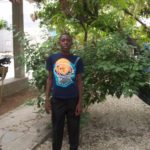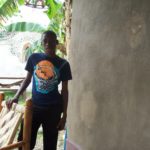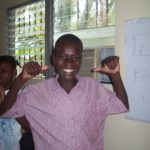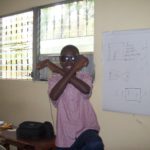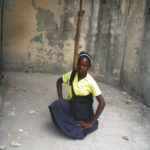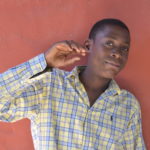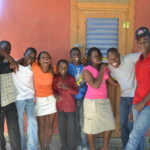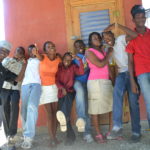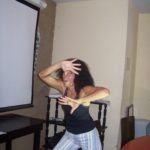**art project in progress**
Fearing that modern American painting had reached a conceptual dead end, Rothko was intent upon exploring subjects other than urban and natural scenes. He sought subjects that would complement his growing concern with form, space, and color. The world crisis of war lent this search an immediacy, because he insisted that the new subject matter be of social impact, yet able to transcend the confines of current political symbols and values. In his essay, “The Romantics Were Prompted”, published in 1949, Rothko argued that the”archaic artist … found it necessary to create a group of intermediaries, monsters, hybrids, gods and demigods” in much the same way that modern man found intermediaries in Fascism and the Communist Party. For Rothko, “without monsters and gods, art cannot enact a drama”.
Rothko’s use of mythology as a commentary on current history was not novel. Rothko, Gottlieb, and Newman read and discussed the works of Freud and Jung, in particular their theories concerning dreams and the archetypes of the collective unconscious, and understood mythological symbols as images that refer to themselves, operating in a space of human consciousness that transcends specific history and culture. Rothko later said his artistic approach was “reformed” by his study of the “dramatic themes of myth”. He apparently stopped painting altogether for the length of 1940, and read Freud’s The Interpretation of Dreams and Sir James Frazer‘s The Golden Bough.
Rothko’s new vision would attempt to address modern man’s spiritual and creative mythological requirements. The most crucial philosophical influence on Rothko in this period was Friedrich Nietzsche‘s The Birth of Tragedy. Nietzsche claimed that Greek tragedy had the function of the redemption of man from the terrors of mortal life. The exploration of novel topics in modern art ceased to be Rothko’s goal; from this point on, his art would bear the ultimate aim of relieving modern man’s spiritual emptiness. He believed that this “emptiness” was created partly by the lack of a mythology, which could, as described by Nietzsche, “[address]… the growth of a child’s mind and – to a mature man his life and struggles”.
Rothko believed that his art could free the unconscious energies previously liberated by mythological images, symbols, and rituals. He considered himself a “mythmaker”, and proclaimed “the exhilarated tragic experience, is for me the only source of art”.
Many of his paintings of this period contrast barbaric scenes of violence with those of civilized passivity, with imagery drawn primarily from Aeschylus‘s Oresteia trilogy. In his 1942 painting, The Omen of the Eagle, the archetypal images of, in Rothko’s words, “man, bird, beast and tree … merge into a single tragic idea.” The bird, an eagle, was not without contemporary historical relevance, as both the United States and Germany (in its claim to inheritance of the Holy Roman Empire) used the eagle as a national symbol. Rothko’s cross-cultural, trans-historical reading of myth perfectly addresses the psychological and emotional roots of the symbol, making it universally available to anyone who might wish to see it. A list of the titles of the paintings from this period is illustrative of Rothko’s use of myth: Antigone, Oedipus, The Sacrifice of Iphigenia, Leda, The Furies, Altar of Orpheus. Judeo-Christian imagery is evoked: Gethsemane, The Last Supper, Rites of Lilith, as are Egyptian (Room in Karnak) and Syrian (The Syrian Bull). Soon after the war, Rothko felt his titles were limiting the larger, transcendent aims of his paintings, and so removed them altogether.
At the root of Rothko and Gottlieb’s presentation of archaic forms and symbols as subject matter illuminating modern existence had been the influence of Surrealism, Cubism, and abstract art. In 1936, Rothko attended two exhibitions at the Museum of Modern Art, “Cubism and Abstract Art,” and “Fantastic Art, Dada and Surrealism,” which greatly influenced his celebrated 1938Subway Scene.With mythic form as a catalyst, they would merge the two European styles of Surrealism and abstraction. As a result,Rothko’s work became increasingly abstract; perhaps ironically, Rothko himself described the process as being one toward “clarity”.
New paintings were unveiled at a 1942 show at Macy’s department store in New York City. In response to a negative review by the New York Times, Rothko and Gottlieb issued a manifesto (written mainly by Rothko) which stated, in response to the Times critic’s self-professed “befuddlement” over the new work,
“We favor the simple expression of the complex thought. We are for the large shape because it has the impact of the unequivocal. We wish to reassert the picture plane. We are for flat forms because they destroy illusion and reveal truth.”
